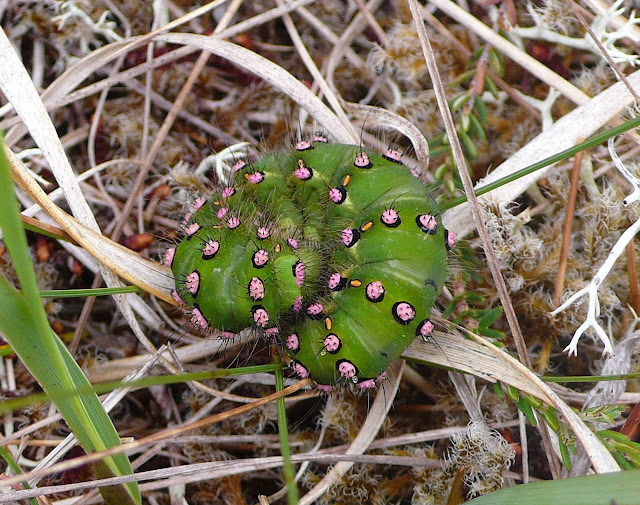It’s been a record breaking year on so many front and many
experienced peat cutters say they’ve never known a year so dry. Back at the
beginning of May while others were sweating it out jogging along the track from
the bridge to nowhere I was hard at work at my peat banks. De-turfing is
perhaps the most detested job as there is nothing to show for the effort but
once the top layer of peat is revealed I get a genuine sense of excitement for
the work that is to follow. The first cut with the tairsgeir (peat iron) and
the season starts. Count up to 30 as I cut, then I stop and throw that batch.
The process is repeated ten times and then I’m done for the day. Anymore and I
risk getting into serious trouble with my back. Throwing is a real art and when
done correctly with skill so that each peat fly throw the air several meters to
land perfectly alongside its neighbour takes years of practice that I don’t
have. Most of the time I have to double handle in order to get the first cut
thrown well out and afford room for the next two or sometimes three layers. After
two hours I’ve had enough and return to continue another less strenuous form of
creative work in the calm of my studio.
After two weeks of lying flat the cut peat should be ready
to lift and set up on edge. There many methods to achieve this but I prefer the
herringbone form with a roof capping which allows the maximum expose surface to
both sun and wind as the drying continues. This year I was lifting after just a
few days and within six weeks most were ready to bring home. So it was time to
call on Murry with his tractor already fitted with the double wheels and a
large peat stack piled high outside the back of his house. All fit for Monday
evening so get a team together. George, Donald, Norman, Mats and myself should
be fine. Murry was already parked up at the banks and loading as we arrived and
everyone stepped easily into the rhythm of work.
There is something very
special about working as a team that I think everyone can recognise and so the
conversation and banter flow easily. With the first tailor full Murry heads
back up across rough ground that’s a fine test of our skill in building a load.
As we wait there is time to chat, reminisce and catch up on village news and as
the chill of the evening breeze starts to bite the tractor returns and it all
hands for the second load. This time it’s topped off with a few bags of caorans (smaller pieces of the best
black but crumbling peat). Job done and back at the house the fruits of all
that labour lie awaiting to be neatly stacked. I’ve changed the position this
year having chopped up and removed a pile of old timber from the back I now
have room for a slightly more sheltered placement.
I plan to incorporate the
bags of caorans into the centre of the stack so returned to the moor with my
van and the wheelbarrow. Having wheeled up 20 bags there now remains only a
further 16 but they will have to wait as my back has finally stopped me in my
tracks and is demanding rest.











